Surviving the non-stop attention of tourists can be hard work. The cemetery’s resident cats find lots of interesting places to take a nap:
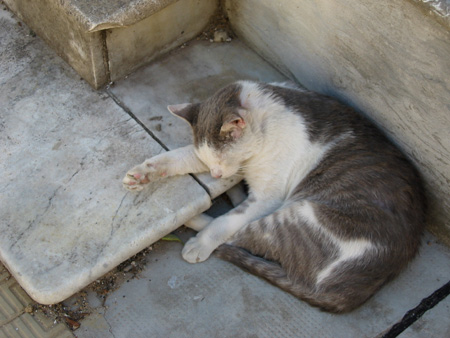
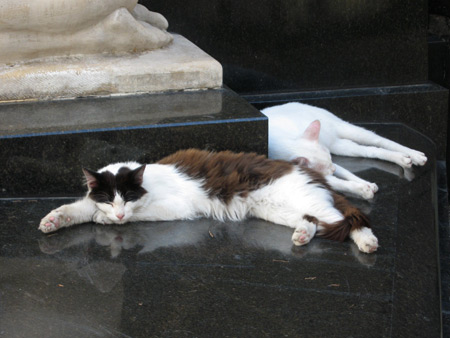
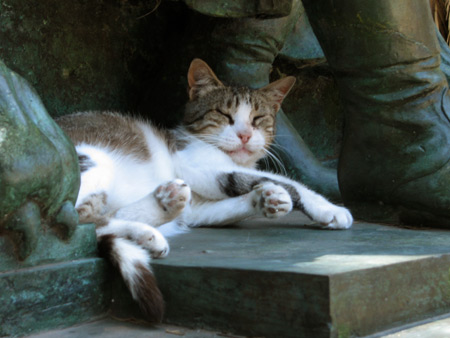
Surviving the non-stop attention of tourists can be hard work. The cemetery’s resident cats find lots of interesting places to take a nap:



Although the cemetery really shines on a pleasant day, don’t let ominous weather postpone a visit. In fact, cloudy skies add a special touch… it is a cemetery after all:
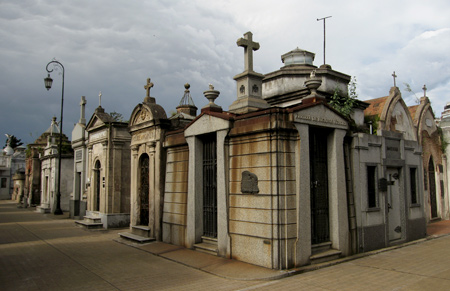
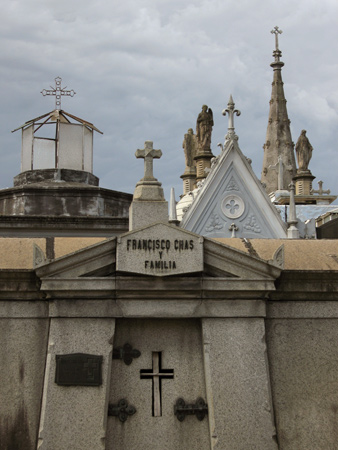
Sometimes the sky itself can be just as interesting. Darken the foreground to add a little spookiness:
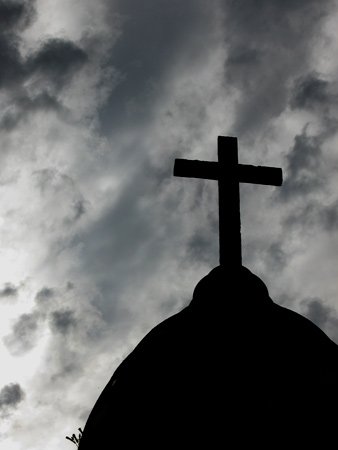
Cloudy days are wonderful for photographers since direct light washes out a lot of detail in this sea of concrete, granite & marble. Set your camera on black & white mode for better shots if you can’t return another day.
Leave a CommentThe Etoile Hotel is one of the few places in Buenos Aires with views that look directly over Recoleta Cemetery… a great place to stay for the taphophile in all of us.
I used to recommend going to the 14th floor, ordering a drink from the bar & stepping out on the balcony for some wonderful pics. Unfortunately it seems that they’ve caught on. Non-guests can no longer sneak in for a nice view, but if you want to pay for a room this view can be yours:
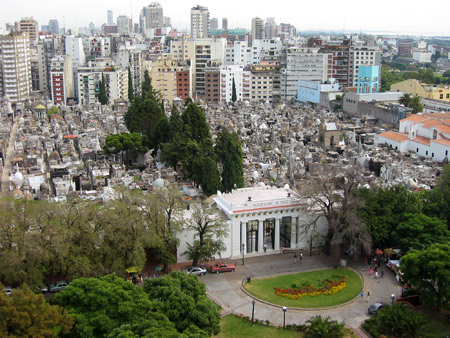
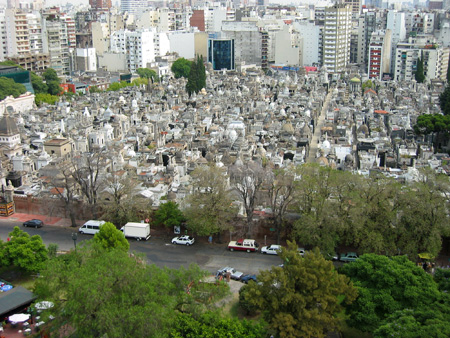
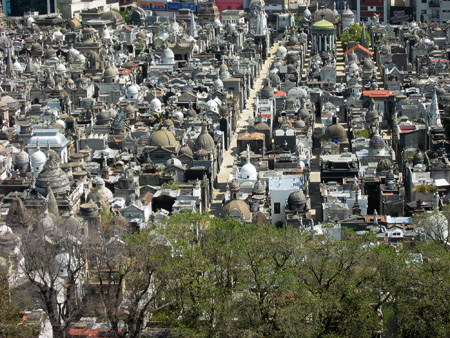
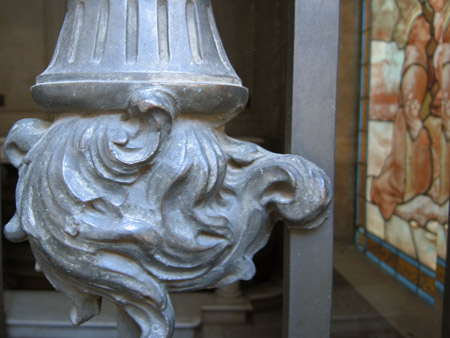
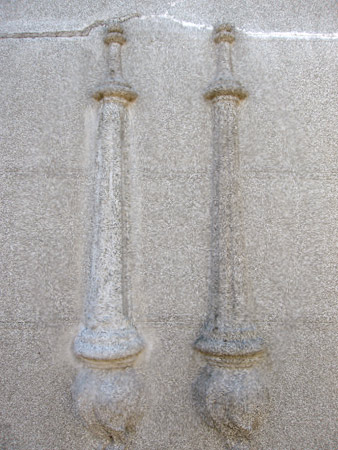
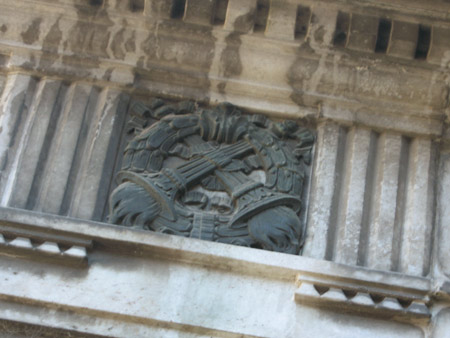
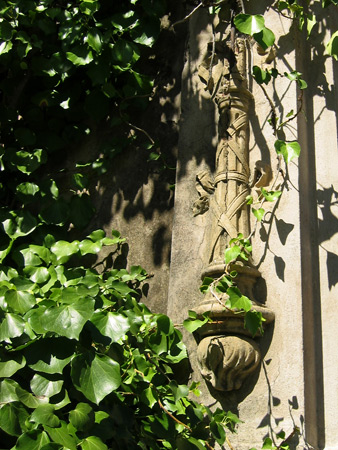
Life is often represented in religious art as a flame—a source of illumination & warmth. An eternal flame takes this notion one step further. But sooner or later all flames burn out. Turning a torch upside down will extinguish the flame due to lack of oxygen & is a poignant way of representing death.
Inverted torches are one of the most common symbols in cemeteries worldwide. Whether in pairs, crossed or standing alone, they remind us that someone’s flame has gone out.
2 Comments